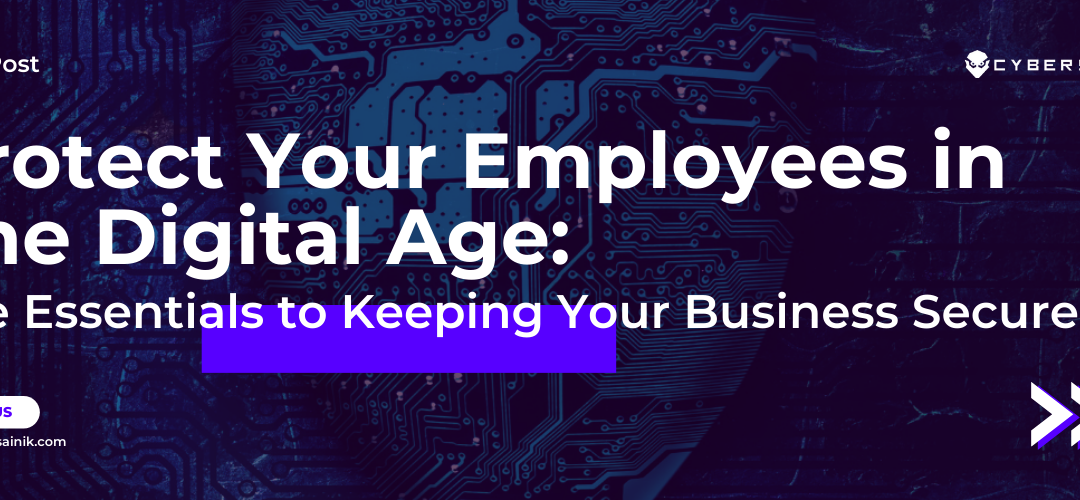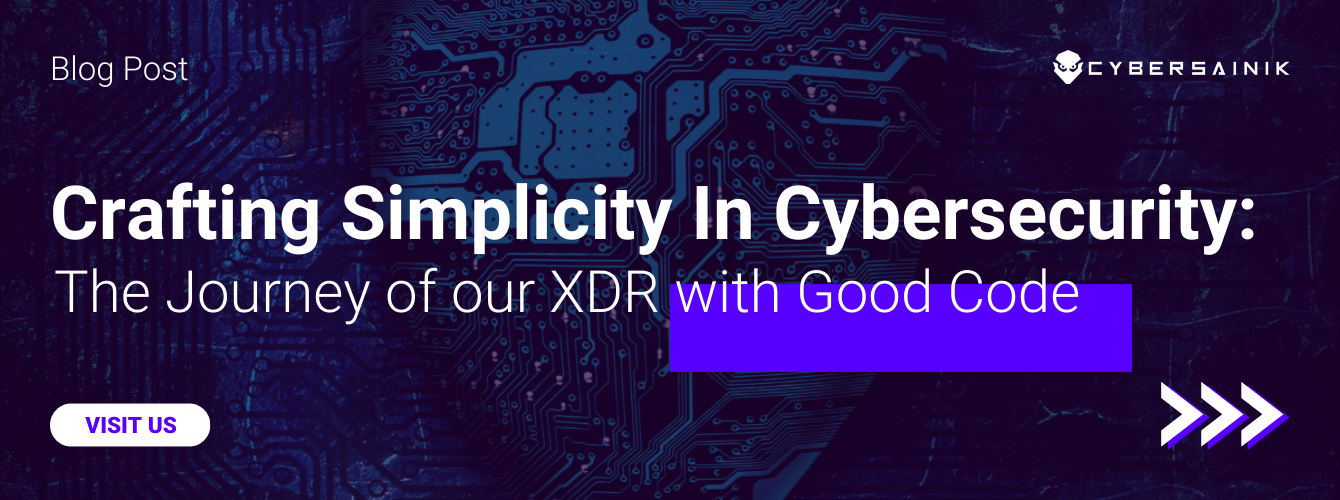Alarming statistics highlight the increasing threat of cyberattacks in the digital era, with one study by Statista finding that approximately 15 million data records were exposed globally due to data breaches in the third quarter of 2022. When compared to the previous quarter, this amount had climbed by 37%. These staggering numbers are a reminder of the importance of keeping your employees safe in this digital age.
How Your Employees Can Prevent Cyberattacks
Many times, whether intentional or unintentional, employees can be the weakest link to a company’s cybersecurity. Companies need to take steps to protect their employees from cyberattacks. Some measures that employers can take include:
1. Cybersecurity Training
- Cybersecurity training is an essential step towards ensuring that your employees are well-equipped to protect themselves against cyber threats.
- This type of training generally involves providing employees with information on how to recognize and respond to different forms of security threats as well as how to properly use various methods of authentication and encryption technology.
2. Have Strong Cybersecurity Policies in Place
- Having strong cybersecurity policies in place is essential for any organization and serves as the foundation of a comprehensive cybersecurity strategy.
- These policies provide clear instructions to employees on how to protect the company’s data, as well as what measures to take if there is a breach or malicious attack.
- Policies should clearly define acceptable use rules and protocols for accessing systems and data, including password requirements, security updates, two-factor authentication, and other measures.
- Additionally, companies should have separate policies for remote workers that cover access to sensitive documents from third-party networks.
- To ensure that all employees understand these policies, organizations should create an onboarding process and provide regular refresher training courses to keep everyone up-to-date.
- It is also important for organizations to include provisions for disciplinary action if an employee violates any of the security protocols or policies in place.
- This could range from issuing verbal warnings or suspensions, all the way up to termination depending on the severity of the violation.
- Doing so helps ensure accountability among staff and encourages them to take their cybersecurity responsibilities seriously.
3. Communicate Best Practices for Passwords
- Passwords are often the first line of defense against cyberattacks, so your employees must use strong passwords and keep them secure.
- When communicating guidelines on password security, encourage your employees to use a combination of letters, numbers, and symbols in their passwords.
- Additionally, ensure that they are using unique passwords for each account and changing them frequently.
4. Be on the Lookout for Suspicious Emails/Websites
- Phishing and other social engineering tactics are often used to steal information from unsuspecting users, so your employees must know how to spot potential threats.
- Ensure that they are aware of common warning signs such as suspicious links or attachments, requests for personal information, and unsolicited emails.
5. Keep Personal Devices Secure
- Keeping personal devices secure is essential for protecting your company’s data.
- Employees should be encouraged to install antivirus software, firewalls, and other security measures on their own devices.
- They should also keep their operating systems up-to-date with the latest patches and use complex passwords on all accounts.
- Additionally, if employees use public Wi-Fi networks, they should take extra precautions such as using a virtual private network (VPN) or only accessing non-sensitive sites.
- Employees should also be aware of the potential risks of connecting third-party storage services or external devices to their computers.
- Connecting these devices can create an easier entry point for malicious actors, so your employees must know which types of data are more vulnerable to attack and what measures must be taken when downloading files from external sources.
- Furthermore, encouraging employees to back up key documents in multiple places can help protect against ransomware attacks or hardware failures.
- Backing up documents both internally and externally will ensure that crucial files remain accessible even if there is an unexpected disruption in service or hardware failure.
- Finally, any device used by employees should have secure screen locks enabled at all times.
- As an added layer of protection, employers could consider implementing two-factor authentication for all employee accounts, which requires users to provide a second form of authentication such as a code sent via email – before they can access their account information.
- This ensures that only authorized individuals have access to sensitive data and provides additional peace of mind in the event of a breach.
6. Encourage Reporting of Anything Suspicious
- Encouraging employees to report any suspicious activity is essential for staying ahead of potential threats.
- Employees should be taught how to recognize potential signs of a cyberattack and understand the importance of reporting any unusual behavior or files they may come across.
- Organizations should also have a well-defined process in place for handling reports, including guidelines on what constitutes an acceptable response time and guidance on the necessary steps that need to be taken once a report has been received.
Conclusion
By implementing these policies and procedures, organizations can ensure that their data remains secure in the digital era. For more information on how to protect your organization from cyberattacks, schedule a consultation with the cybersecurity experts at Cyber Sainik today. With our help, you can be sure that your business is secure and prepared for the ever-changing digital landscape. Together, we can help protect your greatest asset – your employees.




